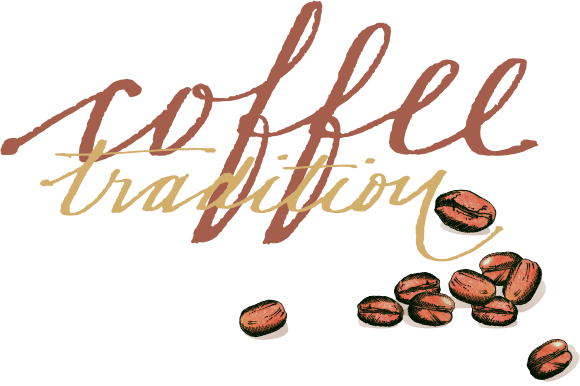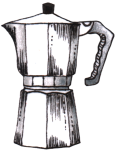

ONE CHANGE AND EVERYTHING CHANGES. The year was 1984. There began a family history that reached countless families from all over the Alta Mogiana region.
Gabriel and Flávia started to produce coffee. The couple brought in the blood, inherited from their great-grandparents, a taste for coffee culture.
Today that tradition has reached his children, Lucas and Gabriel already participate in the writing of this story. The beans produced with art and refinement that are already exported to all continents, are arriving at the home of the Brazilians, who already have within their reach the special Labareda coffee in capsules, in powder or roasted beans in the right measure!




... from planting to bagging, our Café Labareda!
The coffee tree is wonderful. In order to extract the best quality from the coffee, optimize costs, have a good production and longevity of the coffee plantation, we have to do the best planting possible.
Therefore, this process must be done with the greatest possible care. We do the topographic survey, put in a system that generates the best availability of the plants. With this format, we increase the number of plants per hectare and reduce the maneuvers of the machines throughout the useful life of the field.
We also need to know how the soil is structured, what nutrients it has and what it needs to improve plant development. For this, we collect the soils, take them to a laboratory that we do an evaluation, with that, we know how to do their nutritional treatment. This nutrition enhances the growth of your “arms” (twigs and secondary branches), sequencing the famous “internodes”. Each internode forms one of the stages that leaves everyone excited by the beauty and aroma, the flower. These various flowers, which form small fruits, which will become cherries and, finally, your coffee.
The collection of coffee fruits is called harvest. We carry out a rigorous process of fruit selection and monitored drying. We do it through machines, conventional or suspended terraces. When the coffee dries and reaches humidity close to 11%, it is ready to be processed. The processing separates the peel from the fruit.
After this process, standardize the coffees by size, weight and color and defects are removed with four machines. The first is the stone picker. The second is the sieve that separates grains by size. The third is the densimetric table that ventilates the grains and the husks, sticks and cuttlefish are removed. Finally, electronics, with an infra red that reads grain by grain and extracts black, white and burnt grains.
After all this process we have the ecstasy of a special drink, which is exquisite every day, more admirers around the world.
See below some photos and videos of our history and our processes.

